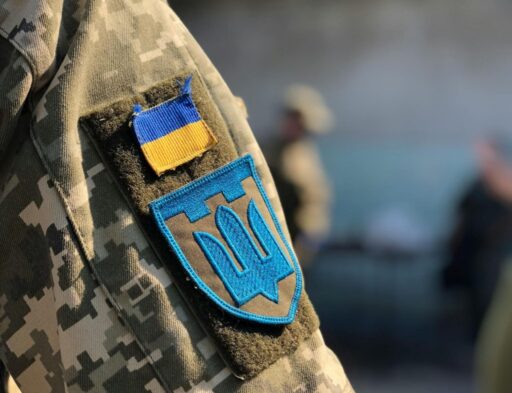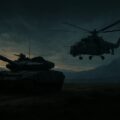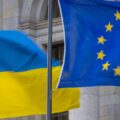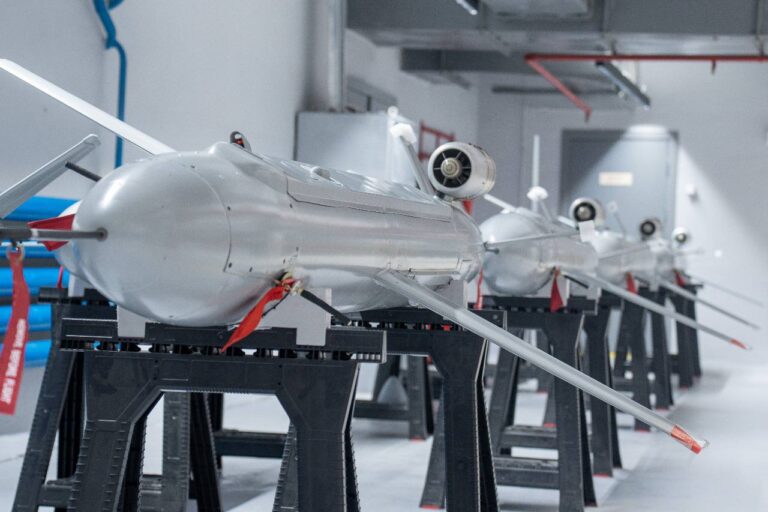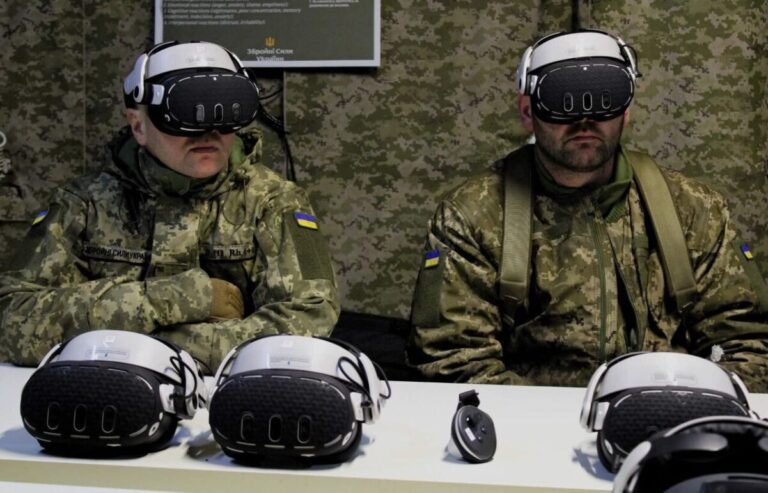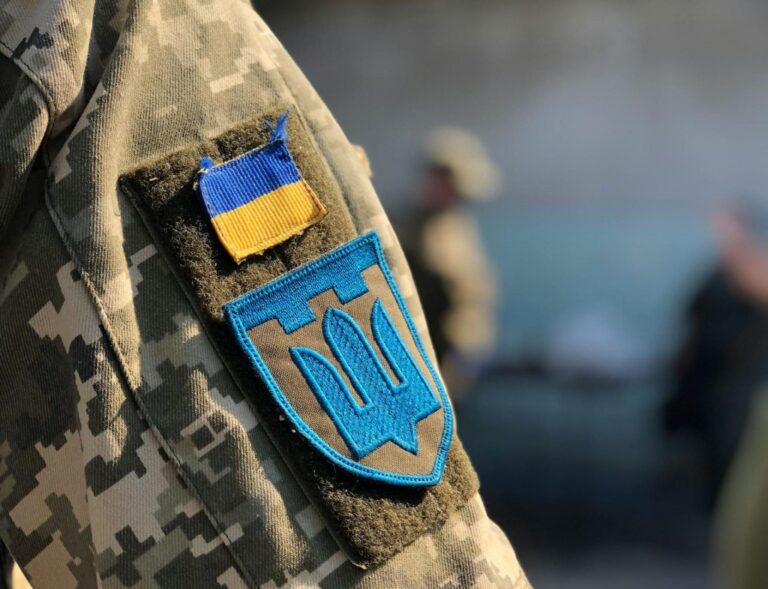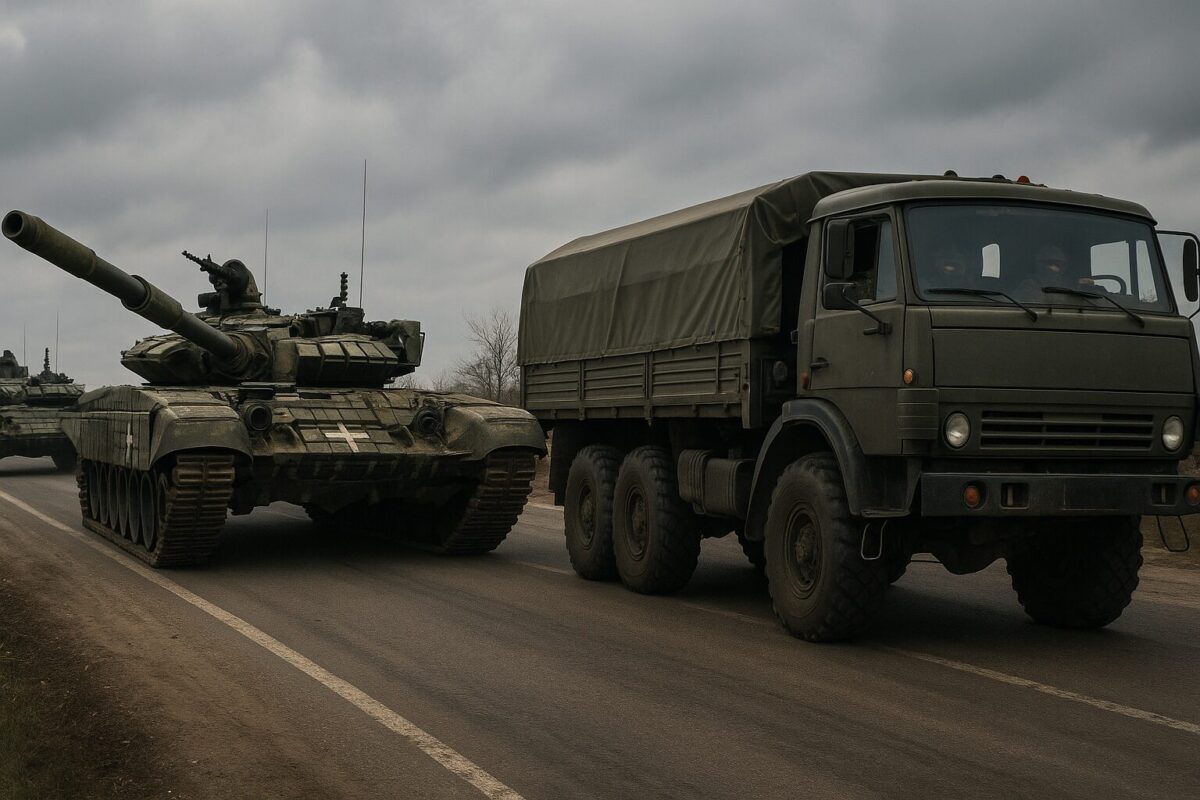
Russia’s 2025 Summer Offensive: What Lies Behind Talk of a Union State and Peace Negotiations
The Russian information space is once again sending out signals — deliberate, coordinated, and dangerously clear. Pseudo-experts like Yulia Latynina, Alexey Arestovych, and other Kremlin-adjacent voices are broadcasting the same strategic message under the cover of “neutral analysis”: a large-scale Russian summer offensive is coming. And it’s not just about territory — it’s about rewriting the geopolitical map of Eastern Europe.
What Moscow Is Planning: Four Fronts, One Goal
According to forecasts echoed by Arestovych — who, despite his self-imposed exile, remains frequently cited in Russian media — the Kremlin’s summer strategy includes:
- Full occupation of Zaporizhzhia Oblast, including the city of Zaporizhzhia;
- Expulsion of Ukrainian forces from Donetsk and Luhansk;
- Establishment of so-called “buffer zones” along the northern border — in Sumy, Kharkiv, and Chernihiv oblasts.
This is not simply a military campaign. It is an attempt to fabricate a new political reality that Moscow can present to the world as a “peace settlement.”
Arestovych further suggests that following the offensive, Russia will return to the negotiating table — but this time to demand international recognition of its territorial gains. The endgame? A “Union State” involving Ukraine, Russia, and Belarus. Russian State Duma deputy Yevgeny Sobolev has already publicly floated this idea. That’s not a coincidence. It’s a narrative shift.
War as a Tool of Empire-Building
This isn’t a new playbook. Russia applied similar tactics in South Ossetia, Abkhazia, Transnistria, and Crimea. But Ukraine is not a puppet state. It’s a democracy with memory, identity, and defiance.
Attempting to force political union through military occupation mirrors the logic of Nazi expansionism — the promise of “order” built on terror, erasure, and genocide.
And then comes a darker, more revealing moment.
At the Istanbul peace talks in 2022, according to Ukrainian diplomat Sergiy Kyslytsya, Putin’s representative Vladimir Medinsky — himself of Ukrainian origin — made a chilling statement:
“We are fighting a defective nation,” he said, comparing Russia’s war to Nazi Germany’s extermination of Jews and Roma during WWII.
This wasn’t hyperbole. It was a confession. A justification of mass civilian killings, city-wide annihilations, and systemic torture.
This isn’t a tactical error. It’s a strategic doctrine.
The Kremlin Formula: Offensive → Talks → Legitimization
Moscow does not seek peace — it seeks time.
Delaying negotiations is not a failure of diplomacy. It is diplomacy as strategy. It gives the Russian military space to regroup while projecting an image of “constructive dialogue.”
Their rhetoric may shift. Their objectives do not. Ukraine must be pushed to accept defeat as compromise. If that fails, a new offensive follows.
Revelant
Why It Matters Now
1. Russia uses “peace initiatives” as a smokescreen.
Every ceasefire proposal buys the Kremlin time — to rearm, re-strategize, and reframe the war.
2. The West is finally shifting its stance.
Recent decisions by Germany, France, the U.K., and the U.S. to allow Ukraine to strike Russian territory reflect growing clarity: even the most cautious partners no longer believe in Russia’s “peace.”
3. Ukraine must reject illusion in diplomacy.
Peace without sovereignty is not peace. It’s surrender.
Conclusion: Do Not Let 1939 Repeat
History does not repeat itself by default. It repeats when societies look away.
Ukraine has the means to defend itself — militarily and diplomatically. But the world must recognize the deeper strategy behind Moscow’s every move: to turn mass violence into negotiation leverage.
To turn “talks” into tools of annexation.
Real peace is not built on mass graves and hostage territories.
No “Union State” can rise from the ashes of war crimes.
We must name the plan for what it is — and meet it not with delay, but with determination.


